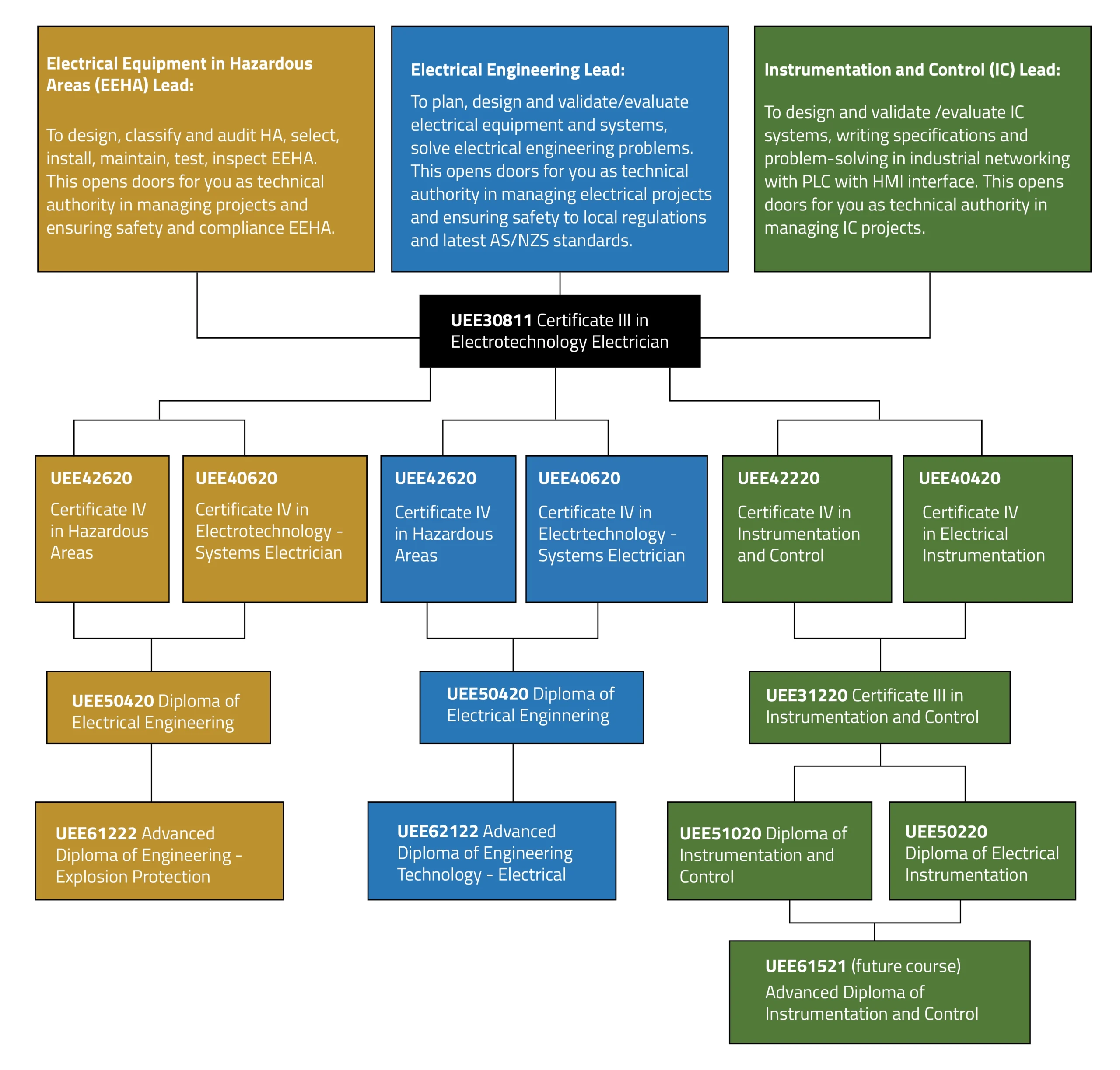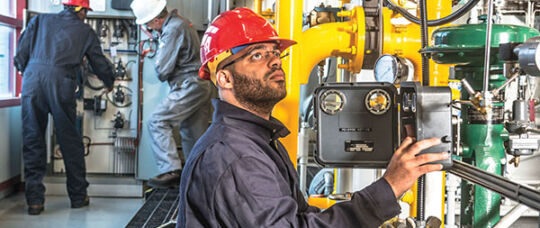Get This Report on Roar Solutions
Get This Report on Roar Solutions
Blog Article
7 Simple Techniques For Roar Solutions
Table of ContentsThe Best Strategy To Use For Roar SolutionsGet This Report on Roar SolutionsThe Greatest Guide To Roar Solutions
In such an environment a fire or explosion is feasible when three basic problems are satisfied. This is often described as the "unsafe area" or "combustion" triangular. In order to protect setups from a prospective surge a method of analysing and classifying a possibly dangerous area is required. The purpose of this is to make sure the appropriate selection and setup of devices to ultimately protect against an explosion and to make certain safety of life.
(https://giphy.com/channel/roarsolutions)
No devices ought to be set up where the surface temperature level of the equipment is better than the ignition temperature of the offered risk. Below are some usual dirt harmful and their minimum ignition temperature level. Coal Dirt 380C 225C Polythene 420C (thaws) Methyl Cellulose 420C 320C Starch 460C 435C Flour 490C 340C Sugar 490C 460C Grain Dust 510C 300C Phenolic Resin 530C > 450C Aluminium 590C > 450C PVC 700C > 450C Residue 810C 570C The chance of the threat being present in a concentration high sufficient to cause an ignition will differ from location to location.
Unsafe area electric tools maybe created for usage in greater ambient temperatures. Area Repair Service By Authorised Worker: Complicated testing might not be required however certain treatments may require to be adhered to in order for the equipment to maintain its third party score. Each item of tools with a hazardous score should be reviewed individually.
Not known Facts About Roar Solutions
The equipment register is a comprehensive data source of devices records that consists of a minimum collection of fields to identify each thing's place, technical parameters, Ex-spouse classification, age, and environmental data. This details is vital for monitoring and taking care of the equipment successfully within unsafe locations. In contrast, for routine or RBI sampling examinations, the quality will be a mix of Comprehensive and Close assessments. The proportion of Detailed to Close evaluations will certainly be established by the Equipment Threat, which is assessed based upon ignition threat (the possibility of a source of ignition versus the likelihood of a flammable environment )and the unsafe area classification
( Zone 0, 1, or 2). This variation will likewise affect the resourcing demands for work prep work. When Great deals are defined, you can establish sampling strategies based on the sample size of each Whole lot, which describes the variety of arbitrary devices things to be evaluated. To establish the called for sample dimension, two aspects need to be examined: the size of the Lot and the category of examination, which shows the level of initiative that must be used( minimized, regular, or boosted )to the examination of the Whole lot. By integrating the category of inspection with the Great deal size, you can after that develop the suitable being rejected criteria for an example, suggesting the permitted variety of defective products found within that example. For even more details on this procedure, please refer to the Power Institute Guidelines. The IEC 60079 conventional suggests that the optimum period between examinations need to not surpass 3 years. EEHA evaluations will certainly also be performed outside of RBI projects as component of arranged upkeep and equipment overhauls or fixings. These assessments can be credited towards the RBI example sizes within the influenced Whole lots. EEHA examinations are performed to determine mistakes in electrical tools. A weighted scoring system is crucial, as a single tool may have several mistakes, each with differing levels of ignition danger. If the mixed score of both assessments is much less than twice the fault rating, the Lot is regarded acceptable. If the Whole lot is still considered unacceptable, it has to undergo a full inspection or validation, which may activate more stringent inspection procedures. Accepted Whole lot: The sources of any mistakes are recognized. If a common failure mode is found, extra devices might require maintenance. Faults are classified by intensity( Security, Honesty, Housekeeping ), making certain that immediate problems are evaluated and attended to without delay to mitigate any type of effect on safety and security or procedures. The EEHA data source should track and tape-record the lifecycle of mistakes along with the rehabilitative activities taken. Implementing a durable Risk-Based Inspection( RBI )approach is important for ensuring compliance and security in handling Electrical Devices in Hazardous Locations( EEHA) (hazardous area course). Automated Mistake Scoring and Lifecycle Monitoring: Easily manage mistakes and track their lifecycle to boost inspection precision. The intro of this support for risk-based inspection further strengthens Inspectivity's see post position as a best-in-class service for regulatory conformity, along with for any type of asset-centric evaluation use situation. If you are interested in finding out more, we invite you to ask for a demo and uncover exactly how our solution can change your EEHA monitoring procedures.
Not known Facts About Roar Solutions

In regards to explosive threat, a harmful area is a setting in which an explosive ambience exists (or may be expected to be existing) in quantities that call for special safety measures for the construction, setup and use tools. eeha certificate. In this short article we discover the obstacles faced in the office, the danger control procedures, and the required expertises to work safely
It issues of modern life that we manufacture, keep or manage a variety of gases or liquids that are regarded flammable, and a variety of dirts that are deemed flammable. These materials can, in particular problems, form eruptive ambiences and these can have significant and heartbreaking consequences. The majority of us recognize with the fire triangular get rid of any one of the 3 components and the fire can not occur, but what does this mean in the context of harmful locations? When damaging this down right into its most basic terms it is basically: a mix of a particular amount of launch or leakage of a certain material or product, blending with ambient oxygen, and the visibility of a resource of ignition.
In most instances, we can do little regarding the levels of oxygen airborne, yet we can have substantial influence on resources of ignition, for instance electrical devices. Dangerous areas are documented on the dangerous location classification illustration and are recognized on-site by the triangular "EX LOVER" sign. Here, among other key information, zones are split right into 3 kinds depending on the danger, the possibility and period that an explosive ambience will exist; Zone 0 or 20 is deemed one of the most dangerous and Area 2 or 22 is deemed the least.
Report this page